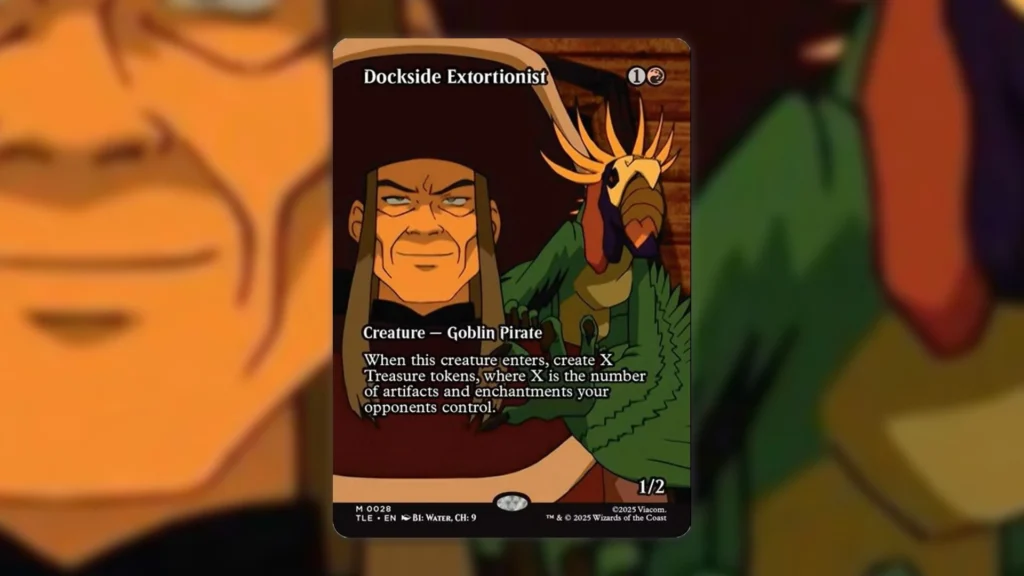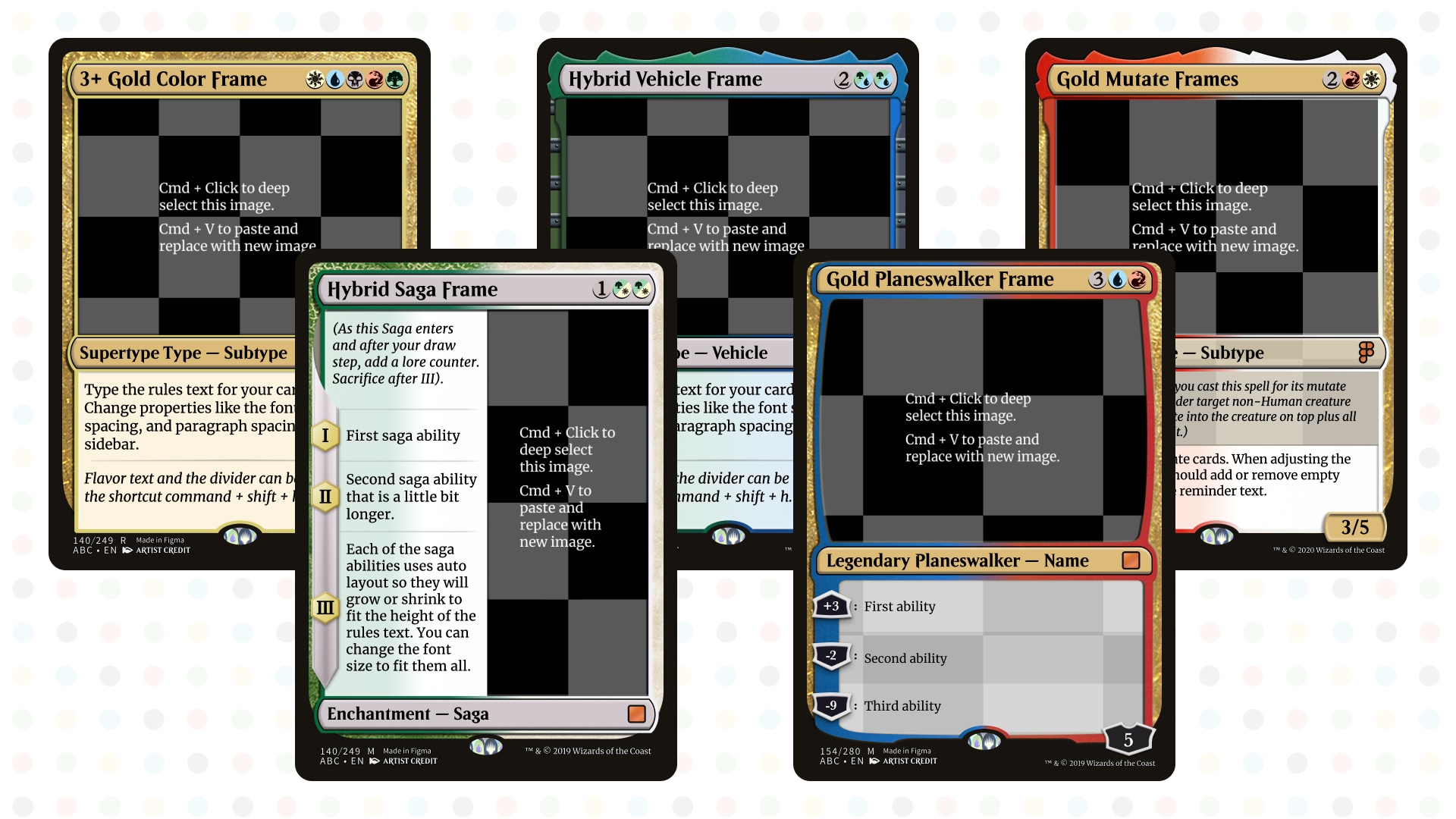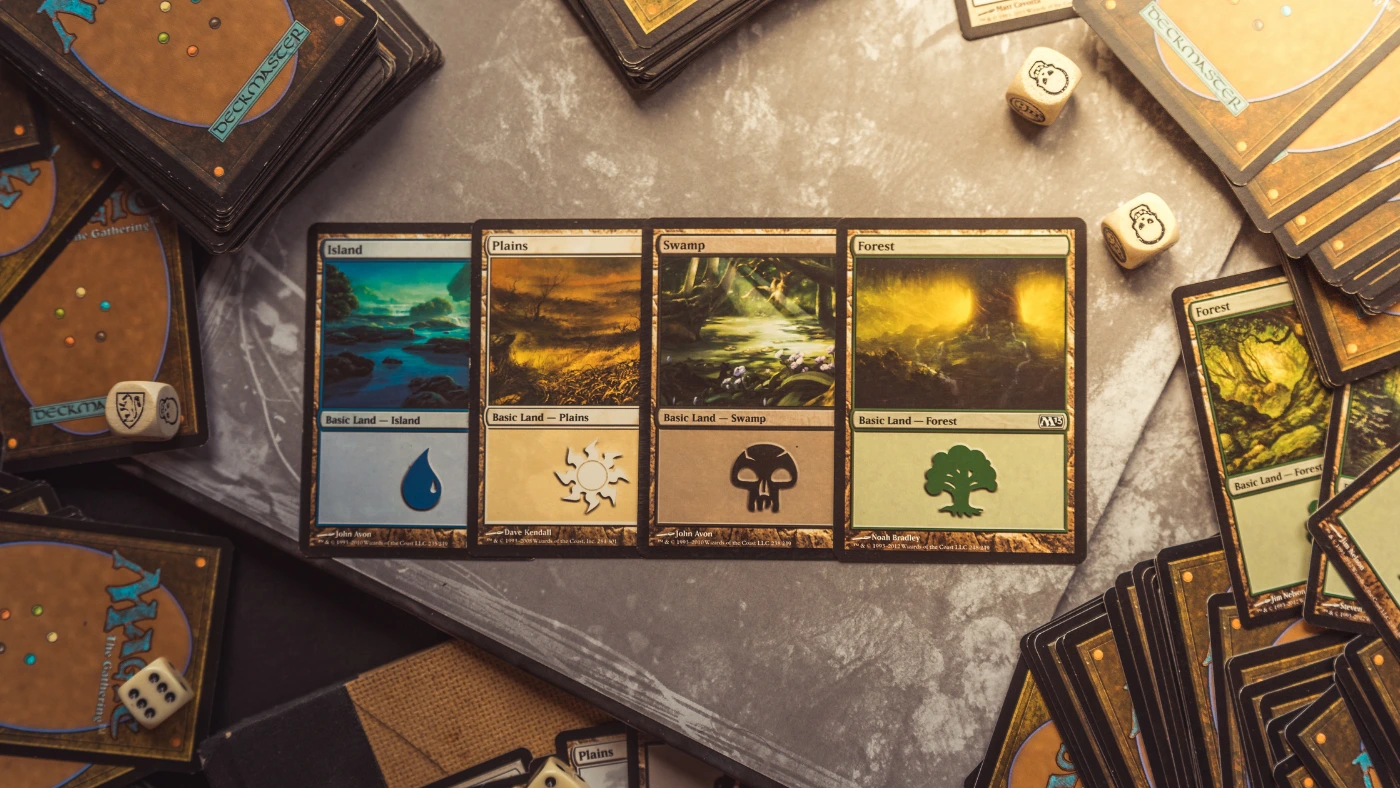From pen‑and‑paper stand‑ins to the first “proxies”
When people first started talking about “proxies” in Magic: The Gathering, they meant the simplest thing imaginable: a basic land with a card name scribbled across it. Early playtesters did it to try new ideas without buying every rare, and kitchen‑table groups copied that habit because it worked. You could iterate on a deck overnight, cut the cards you didn’t like in the morning, and only hunt down the real versions once a list felt right. No one confused the placeholders for authentic cards; they were obviously not the real thing.
That humble beginning matters. It set the tone for how proxies would be used for years: as a tool for learning, not a way to pass off counterfeits. In sanctioned play, the expectation was (and still is) that players use authentic cards unless a judge issues a very narrow accommodation for damage or production errors. Around the kitchen table, though, groups were free to set their own expectations. Most did. They still do.
Prices, formats, and the push from casual tables
As the card pool grew and secondary‑market prices climbed, proxies shifted from a pure playtesting hack into a practical solution for regular play—especially in formats built on older or scarce cards. Commander grew from a niche judge format into the default way many people play, and with it came an appetite for splashy, iconic cards that aren’t always easy to find or justify buying. Legacy and Vintage have their own long tail of hard‑to‑acquire staples. In those spaces, proxies helped players try strategies without gambling a paycheck.
That change also sharpened the etiquette around proxies. Most groups want opponents to announce that they’re using them. Cards should be clearly readable. Ideally the Oracle text is nearby on a phone or printed slip, and no one should have to squint to understand a board state. Shops running unsanctioned nights often set house rules—how many proxies, which cards, how to label them—so the experience stays smooth and fair for everyone.
Questions about rules and tournament policy tend to follow that conversation. If you’re trying to understand where homemade substitutes are welcome and where they aren’t, a short primer on legality is worth a look. It won’t replace the specific event rules in your area, but it anchors the basics and clears up the most common misunderstandings players bring to a store night.
The aesthetics era: when proxies became art objects
Something else changed along the way: how good the stand‑ins look. Better printers, better paper, better templates—suddenly a proxy wasn’t just a placeholder, it was a canvas. Artists began creating alt‑art takes that re‑imagined classics with new palettes and themes. Designers experimented with full‑art frames, retro layouts, or typography that nodded to the card’s flavor. Some creators leaned into humor; others aimed for museum‑poster polish. A lot of it looked great sleeved next to the real thing, and for casual play that was the point.
With that step forward came a new attitude. Players weren’t only using proxies to test; they wanted decks that felt personal. A mono‑black list built from alt‑frames and custom illustrations can read like a curated gallery. The conversation stopped being just “Is this card powerful?” and started including “Does this aesthetic represent the deck’s identity?” When you think of a Commander list you love, you probably imagine not just the cards but their look.
That taste for aesthetics also encouraged small‑batch “sets”—runs of coordinated alt‑art proxies that treat the deck like a unified design project. The best ones are careful about markings: “Proxy,” “Not for sale as authentic,” “For personal use,” that kind of thing. Clear labeling keeps the community vibe intact and steers well clear of anything that feels like counterfeiting.
Collectibility without counterfeiting
If you’re new to this space, “collectible proxy” might sound like a contradiction. How can a non‑authentic card be collectible? In practice, people collect stories and craft as much as they collect objects. A signed alt‑art proxy from a favorite artist, an early run from a creator who later found a distinctive style, a themed cycle that made a deck click—those live in binders because they represent moments and taste, not because someone will send them to PSA.
This is where a line matters. A “proxy” in hobby language is a card‑sized object intended for casual play or display that doesn’t pretend to be an original. A “fake” or “counterfeit” is an object meant to deceive. The community stakes a lot on that distinction. Nobody wants the real market polluted by counterfeits, and most players don’t want a casual game derailed by confusion either. So the best proxy makers avoid official set symbols and security elements, lean into unique frames and art, and embrace disclaimers right on the face or back of the card. The goal is tasteful compatibility, not perfect imitation.
Do collectors value these? Many do, for reasons that look a lot like the reasons people collect tokens, artist proofs, or playmats: they’re mementos of how and where we play. They also let you express a deck’s identity without chasing printings that may be scarce or priced out of reach. In that sense, collectible proxies are an answer to a practical problem—resource limits—delivered with style.
Today’s norms and tomorrow’s habits
Right now, proxy culture sits on three legs: practicality, aesthetics, and consent. Practicality keeps deckbuilding affordable and flexible. Aesthetics make play feel personal. Consent—checking the vibe of the table, the house rules of the shop, and the expectations of the event—keeps games friendly.
Where does it go next? Likely further into “print‑on‑demand” convenience and niche micro‑communities. You’ll see pods that play with strict readability rules and others that encourage wild alt‑art experiments. You’ll see shops that host proxy‑friendly Commander nights and stores that stick to official‑product events. You’ll see more creators treating proxy design like a portfolio piece, and more players building around a visual theme first, power level second.
There’s also a growing expectation of transparency. People want to know what they’re sitting down to. That could be as simple as a heads‑up (“I’ve got eight proxies, mostly lands, everything’s marked”), or a quick decklist link so folks can check Oracle text if unusual frames make a card hard to parse. The social contract isn’t complicated: set expectations, keep the game state clear, and respect that not every table has the same tolerance for substitutions.
If you’re curious about the nuts and bolts—materials, sizing, print setup, and trimming—a practical how to goes a long way. You don’t need to be a graphic designer. A handful of sensible steps (proper dimensions, crisp images, sleeves that hide edges, and obvious labeling) can make a proxy feel professional enough for casual play while staying honest about what it is.
A brief note on ethics and IP
It’s worth saying out loud: proxy culture works because it’s candid. Don’t sell fakes as real. Don’t use proxies to mislead trades. Don’t borrow official assets in ways that blur into counterfeiting. Communities rally around creators who add something new—an illustration, a frame idea, a theme—and clearly mark their work as proxies. That approach protects the broader game while keeping the door open for personal expression at the table.
The quiet constant: playtesting
Under all the new art styles and print methods, proxies still do their first job brilliantly. They let you learn. You can try a mana base without buying duals, test whether a narrow sweeper actually pulls its weight, or feel how a curve changes when you swap four cards. That speed of feedback is why players used notebook paper in the first place. It’s also why proxies remain part of a healthy brewing culture even if you don’t plan to keep them in a deck long term.
What history suggests
Look back and a pattern emerges. Proxies start as a shortcut to learning. They become a practical fix when the market or the card pool makes authentic copies hard to access. Then they evolve into a creative outlet, where design and self‑expression matter as much as the text box. None of that feels temporary. As long as there are new sets to brew with, older cards that inspire nostalgia, and communities that value personal style, proxies will have a home in the hobby.
And that’s the good news for anyone building decks today. You can be respectful of events that require official cards, keep your casual group comfortable, and still explore the parts of Magic that make you curious—without waiting months to assemble a list or breaking your budget to see if a strategy clicks. That’s not a loophole. It’s a tradition, passed down from those first scribbled land cards to the polished, clearly marked prints that show up at tables now.
Bottom line: proxies began as quick playtesting tools and grew into a culture of accessibility and design. Used openly and thoughtfully, they make the game easier to learn, easier to share, and a bit more personal to play.





